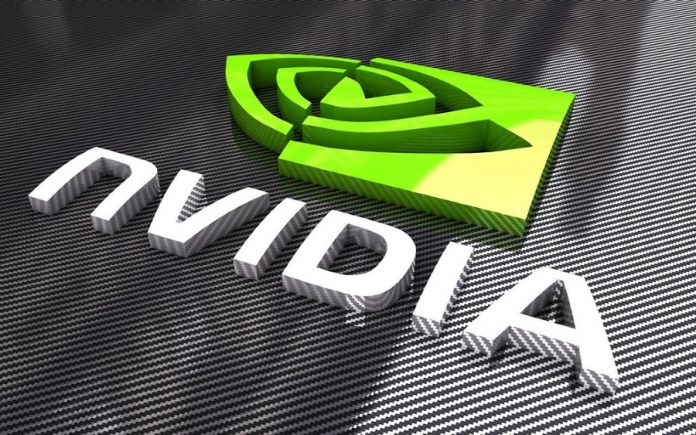Deep learning is a form of artificial intelligence (AI) that has made possible the development of various intelligent medical instruments across the world. Graphics chipmaker Nvidia has recently commented via a blog post how the X-ray, MRI, 3D Ultrasound, and CT scans can all be transformed into something much more useful. That something could be a volumetrically or cinematic rendering of your insides.
These kinds of images give experts a much clearer picture as to what’s going on inside a patient’s body. The amazing technology behind these are Volta GPUs and the efficiency and performance of them allows scientists to “apply deep learning to the imaging challenge,” said Nvidia.
GE Healthcare is one company currently taking advantage of Nvidia’s GPUs in the form of Revolution Frontier CT. This AI solution provides the signal processing power needed for enhanced image quality in up to 80 percent lower X-ray doses. The GPUs enable experts to run various algorithms to be used in medical detection, classification, and image reconstruction.
The GE Revolution Frontier CT scanner works twice as fast as its previous model, while Nuance’s image-sharing capabilities and reporting software speed better improve the efficiency of the detection, diagnosis, and treatment of various diseases.
More advanced techniques that are made possible through these GPUs includes volumetric 3D rendering and cinematic rendering. Volumetric 3D rendering involves taking CT and MRI data and makes a 3D image of it for easier manipulation by doctors. Being able to view images from different perspectives gives doctors a better understanding of the issue.
MORE – Data Science – 8 Powerful Applications
Cinematic rendering is another visualization technique that can significantly improve patient treatment plans and outcomes. Working in a similar way to that of 3D rendering, this technique uses global illumination to turn the raw scans into photorealistic images.
It’s great how Nvidia is helping to accelerate the use of intelligent medical instruments. Even the company itself has stated how it’s proud to work in the medical sciences field where its GPUs are making a real difference in combating disease and ultimately saving people’s lives.
In a recent blog, Nvidia commented on its partnerships with both GE Healthcare and Nuance and how working together has enabled them to take its deep learning platform to the next level, bringing AI into the world of medical imaging.
Source Hexus
